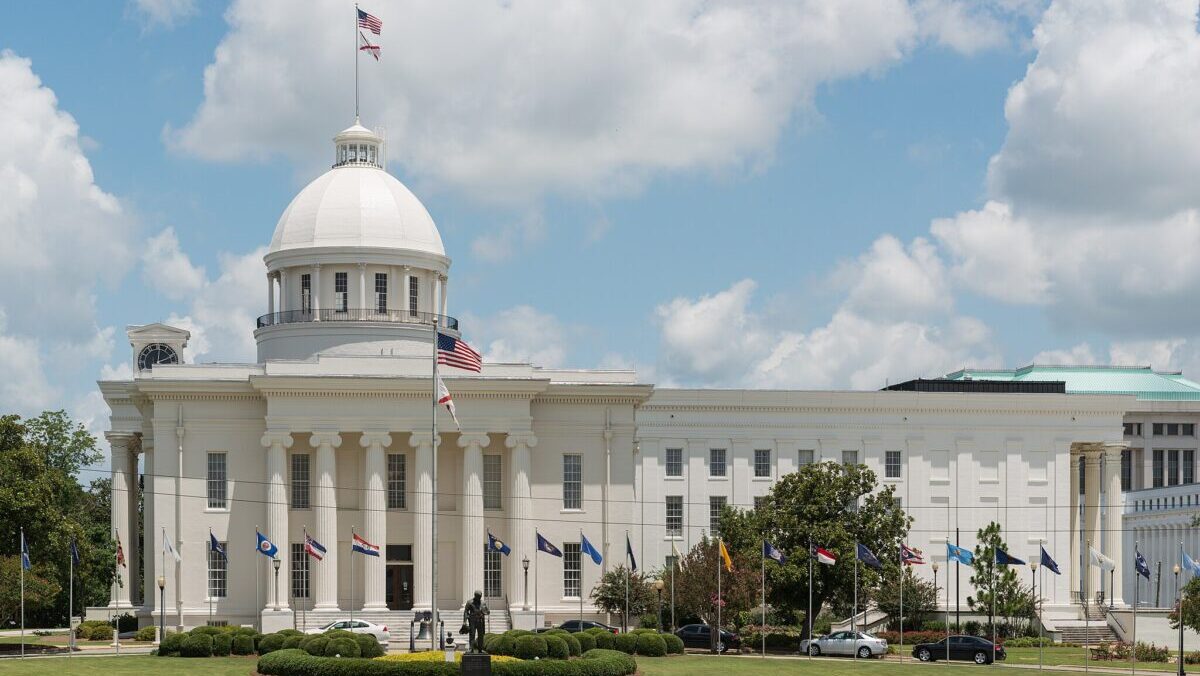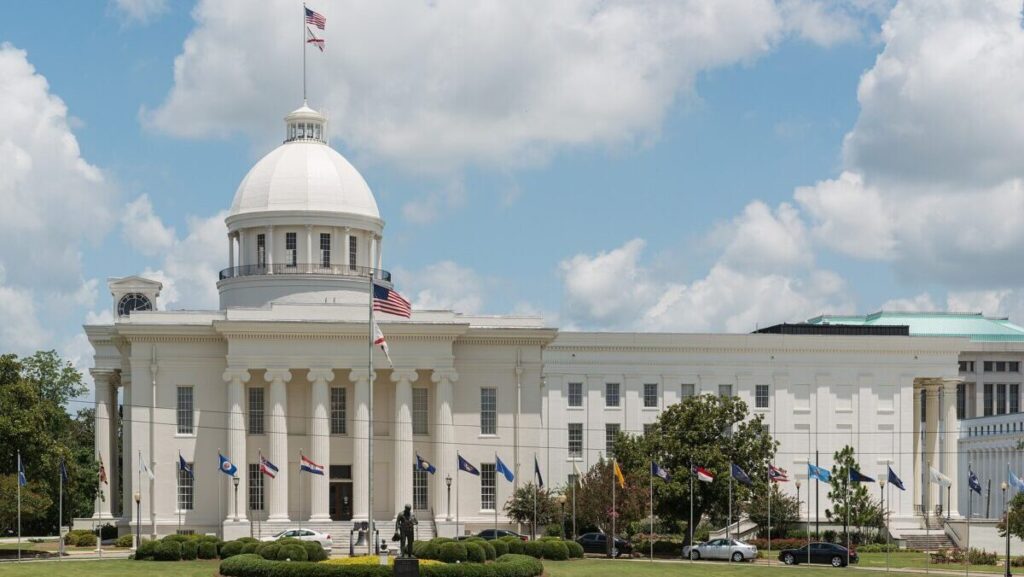Originally Authored at TheFederalist.com

Since the Supreme Court’s Dobbs v. Jackson Women’s Health Organization decision dropped in June 2022, the Republican Party has been running at full speed away from its pro-life convictions. The party platform no longer calls for any federal abortion restrictions, while former President Donald Trump says six-week bans are “too severe.” In response, some pro-life Republicans have suggested withholding their votes this year. That would be a mistake.
It’s easy to see why GOP leaders are spooked. In 2022 and 2023, pro-lifers went 0 for 7 on abortion ballot measures, including in red states like Ohio and Kansas.
When voters consider the issue in isolation, death wins every time.
Those same voters, however, have also shown their willingness to elect pro-life candidates. In the 2022 midterms, Republican Govs. Mike DeWine of Ohio, Brian Kemp of Georgia, Ron DeSantis of Florida, and Gov. Greg Abbott of Texas all won landslide reelection victories after signing six-week bans.
This suggests that it’s possible to preserve state abortion bans as long as they’re insulated from direct democracy at the state level and codification of Roe v. Wade at the federal level. And that’s reason enough for every pro-lifer to vote Trump.
Three maps reveal the current situation. The first shows state abortion restrictions. The second shows states with abortion on the ballot in 2024 (with some measures initiated by citizens and others by Democrat-controlled state legislatures).
All of the 2024 ballot measures legalize abortion through birth. Maryland, New York, and Colorado do so unapologetically, while the rest include a post-viability “maternal health” exemption that could be stretched to cover something as minor as anxiety. We can assume all of them will receive majority support. The only one that might fail is Florida’s, because the state constitution requires a 60 percent supermajority for ballot measure amendments, and it’s currently polling at exactly 60 percent. For context, Ohio’s abortion amendment passed with 56.8 percent of the vote, while Michigan’s got 56.7 percent.
That’s where the third map comes in. When you compare it to the first map, you’ll see that there are 11 states that have both a total or six-week abortion ban and no constitutional mechanism for citizen-initiated ballot measures.
This means that even if voters overturn abortion bans in every state where that’s possible, it will still be illegal in Alabama, Georgia, Indiana, Iowa, Kentucky, Louisiana, Mississippi (where the amendment referendum process has been ruled inapplicable by state courts), South Carolina, Tennessee, Texas, and West Virginia.
North Carolina makes the list as an honorable mention, though its relatively lenient 12-week ban outlaws only around 10 percent of abortions.
Pro-Life States and Playing Defense
That leaves more than 75 million Americans living under abortion bans (plus another 10 million if you count North Carolina and another 22 million if the Florida amendment fails). Also, most of those states are large and adjacent to one another, forming a vast “abortion desert.” For many women, traveling to a state where the spirit of Moloch holds sway is prohibitively inconvenient and expensive.
We know these bans have already saved tens of thousands of babies. If we want to preserve them, pro-lifers’ political strategy for the foreseeable future must be a defensive one.
At the state level, this means making sure the GOP controls courts, legislatures, and executive branches in those 12 states. We can do that by building up state-level political machines and maintaining an iron grip on the process of drawing legislative districts.
It also means brutally punishing any Republican candidate or officeholder who threatens state abortion bans. We might not be able to field a pro-life majority in a statewide referendum, but we can still pull it off in a GOP primary.
It’s also worth noting that between 2014 and 2020, voters in Tennessee, West Virginia, Alabama, and Louisiana all passed legislatively initiated ballot measures declaring that the state constitution does not protect abortion rights. It’s possible that the Handmaid’s Tale hysteria we’ve seen post-Dobbs won’t last forever and that solid pro-life majorities will eventually re-coalesce in red states.
The Future under Kamala Harris
At the federal level, this defensive strategy unfortunately looks like leaving the issue to the states for now. It galls me to hear Trump and running mate J.D. Vance talk about vetoing a federal abortion ban. But when the alternative is losing the election and watching President Kamala Harris nuke the filibuster to legalize abortion through birth nationwide, I’m willing to grit my teeth and bear it.
If Trump wins in November, then at the bare minimum those 12 bans stay on the books. That’s not the total pro-life victory we hoped for, but it’s worth fighting to preserve. If Harris wins, the fruits of half a century’s struggle are at risk.
Grayson Quay is a Young Voices contributor based in Arlington, VA. His work has been published in The American Conservative, the Pittsburgh Post-Gazette, and The Spectator US.
